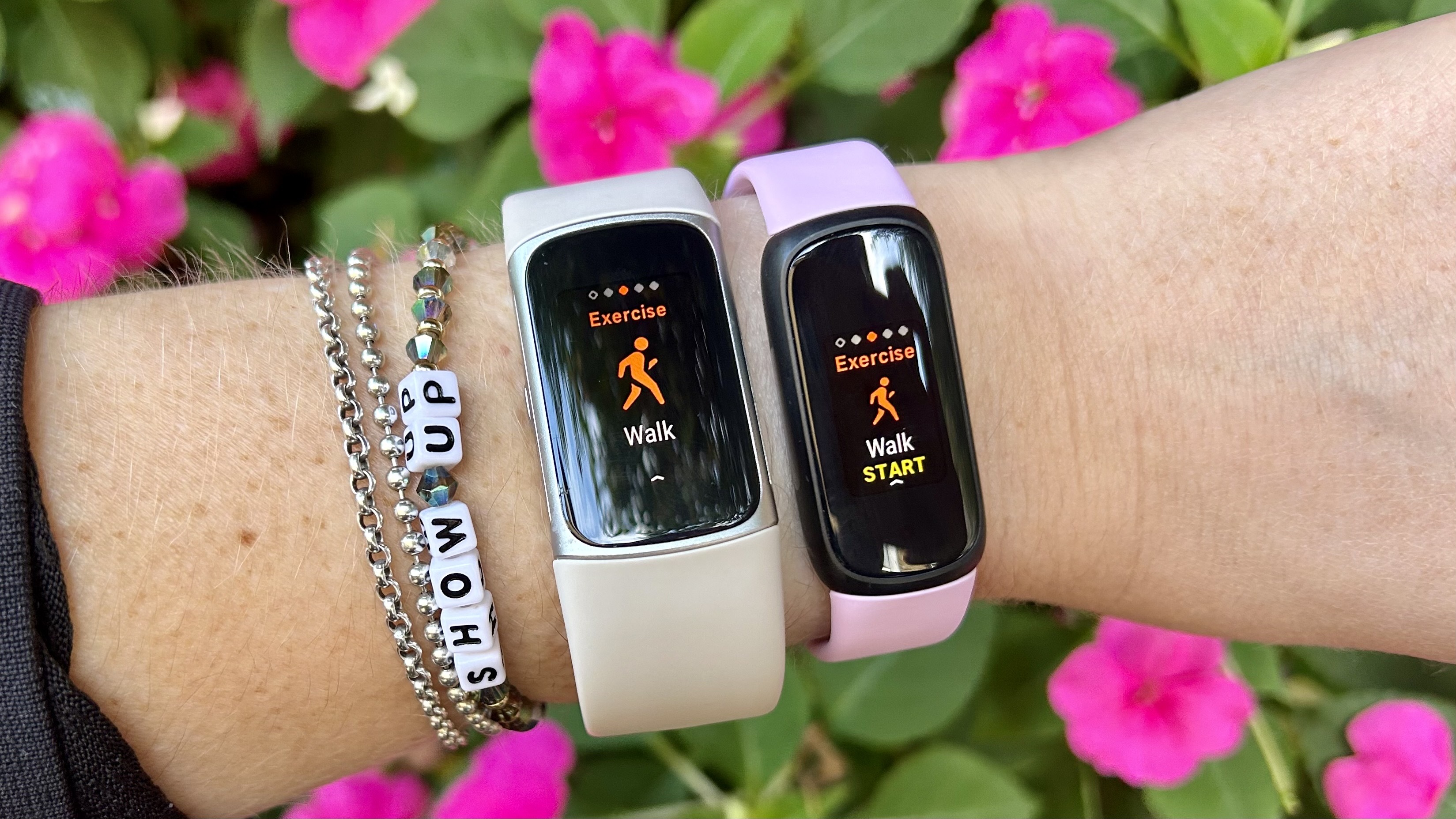I walked 7,000 steps with the Fitbit Charge 6 and the Fitbit Inspire 3 — and one was way more accurate
Here’s which tracker was more accurate

If you’re trying to decide between the newly released Fitbit Charge 6 and the slightly more affordable Fitbit Inspire 3, you’ve probably already read our Fitbit Charge 6 vs. Fitbit Inspire 3 face-off. But even if you haven't, there are a few key differences between the two fitness trackers — for example, the more expensive Fitbit Charge 6 has built-in GPS, which means it doesn’t rely on the GPS from your phone to accurately calculate your distance travelled on bike rides, walks, and runs outside.
But which device is more accurate when it comes to tracking your steps? I strapped both to my wrist in an attempt to find out — read on to find out what happened.
Fans of Tom’s Guide will know this isn’t my first time looking at the step count between trackers, but I don’t often put two of the same brand head to head. You can read what happened when I walked 5,000 steps with the Fitbit Charge 6 and the Apple Watch Series 9 here, as well as when I walked 8,000 steps with the Fitbit Charge 3 and the Apple Watch 9 here.
As with all of these step-count challenges, I manually recorded how many steps I took on a walk. To avoid losing count as I walked, I used a $6.99 tally counter tool from Amazon and clicked each time I took a step. When I got home, I compared the data from the two fitness trackers. Read on to find out which was more accurate.
I walked 7,000 steps with the Fitbit Charge 6 and the Fitbit Inspire 3 — and one was more accurate
Both the Fitbit Charge 6 and Fitbit Inspire 3 count your steps in the same way — using an internal accelerometer, which measures the swing of your arm. Each swing counts for two steps. It doesn’t matter whether you wear your watch on your dominant or non-dominant hand, or whether you’re walking with your hands in your pockets, or holding something, the accelerometer should still measure your body’s movement.
However, when downloading the data onto my phone I immediately encountered my first problem — unlike Apple, Fitbit only lets you connect one tracker to the Fitbit app at a time. As I’d been testing it recently, the Charge 6 was connected to my phone, and the Inspire 3 wasn’t. In hindsight, I should have switched this around for a fairer test, as the Fitbit Inspire 3 doesn’t have built-in GPS, whereas the Charge 6 does. That said, GPS shouldn’t affect the accuracy of the step count on either tracker.
The results
| Row 0 - Cell 0 | Row 0 - Cell 1 |
| Manual recording | 7,000 steps |
| Fitbit Charge 6 | 7,321 steps |
| Fitbit Inspire 3 | 6,959 steps |
As you can see from the results, both were around the right number; however, the cheaper Fitbit Inspire 3 was a lot closer to my actual step count, only missing 32 steps. The Charge 6, on the other hand, over-estimated my step count by 321 steps.
Get instant access to breaking news, the hottest reviews, great deals and helpful tips.
Of course, no fitness tracker will be 100% accurate, and 321 steps isn’t actually that far — the average person takes 2,100 steps each mile, so the Charge 6 didn’t miss all that much. Both are also excellent fitness trackers, making it onto our list of the best Fitbits and the best fitness trackers to buy right now.
I’m 5 foot 2 inches and have quite a short stride. When I’m running, I often find I have a high cadence because of this. What’s more, fitness trackers do a lot more than just tracking your steps, and counting steps alone isn’t the best metric when it comes to getting fitter and losing weight. That said, it’s a good place to start.
Walking 10,000 steps per day started as a marketing campaign, but experts have found that it’s a reasonable target for most adults. 10,000 steps is the equivalent of walking around 5 miles per day, which might sound like a lot, but it might also mean taking the stairs, not the elevator, getting off the subway a couple of stops early, or meeting a friend for a walk at lunch instead of sitting in a coffee shop.
There are a number of benefits of walking more, including losing weight, building muscle, and feeling less stressed. Here’s what 30-minutes of walking each day can do for your body, and how to lose weight and get in shape by walking.
More from Tom's Guide
- How to lose weight and get in shape by walking
- The best running watches we've tested
- I walked 100 miles in the Skechers slip-on shoes — here’s my verdict

Jane McGuire is Tom's Guide's Fitness editor, which means she looks after everything fitness related - from running gear to yoga mats. An avid runner, Jane has tested and reviewed fitness products for the past five years, so knows what to look for when finding a good running watch or a pair of shorts with pockets big enough for your smartphone. When she's not pounding the pavements, you'll find Jane striding round the Surrey Hills, taking far too many photos of her puppy.
